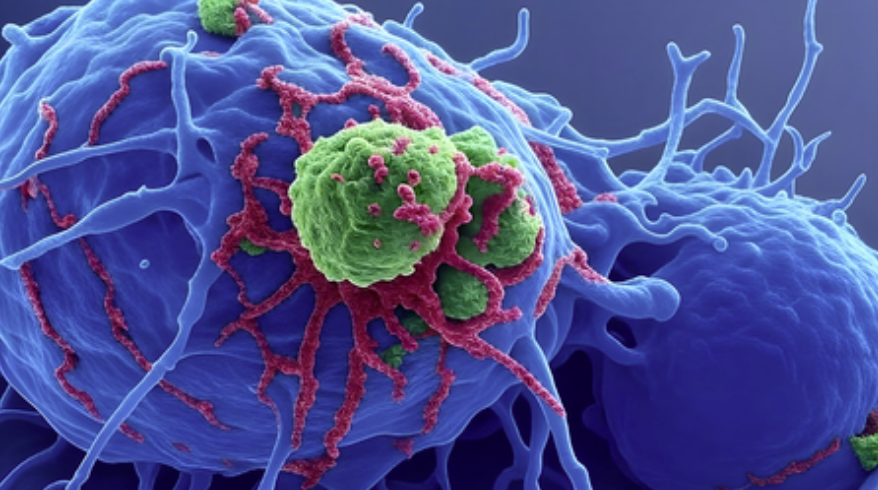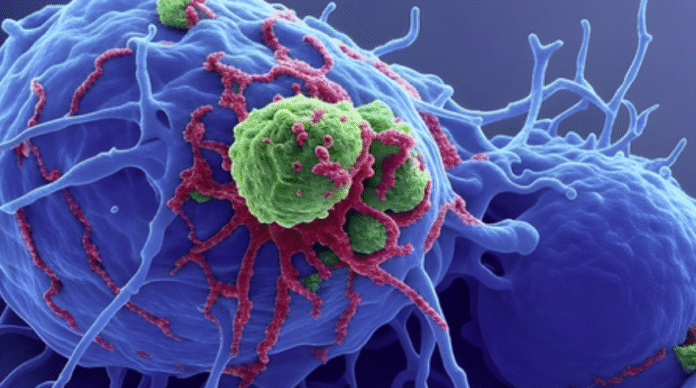NEW DELHI– An international team of researchers has discovered new genetic risk factors that contribute to the development of tumors in the lining of the uterus, shedding light on the underlying causes of endometrial cancer.
Endometrial cancer, which affects the inner lining of the uterus, is one of the most common gynecological cancers. Globally, approximately 400,000 women are diagnosed with the disease each year, and nearly 100,000 lose their lives to it.
Well-known risk factors include obesity, diabetes, and elevated levels of the hormone estrogen. The likelihood of developing endometrial cancer also increases with age. While about 5 percent of cases are linked to genetic predispositions—such as those seen in hereditary conditions like Lynch syndrome or Cowden syndrome—a significant portion of the genetic contributors has remained unclear.
Now, researchers from Hannover Medical School (MHH) in Germany have identified five new genomic locations that are likely involved in the development of endometrial cancer. Their findings, published in the journal eBioMedicine, increase the number of known genetic risk factors from 16 to 21.
“This brings us one step closer to our goal of predicting the risk of hereditary uterine cancer as accurately as possible,” said Dr. Thilo Dörk-Bousset, head of the gynecological research unit at MHH. “The more genes we identify, the better we can estimate the probability of a woman developing endometrial cancer.”
To conduct the study, researchers analyzed genetic data from national biobanks in multiple countries. They compared the genetic profiles of more than 17,000 women with endometrial cancer against those of approximately 290,000 healthy women. The findings were then confirmed in a separate group of participants.
One of the newly identified risk genes, called Navigator-3 (NAV3), was studied in more detail using specialized uterine tissue cell lines. When NAV3 was deactivated, the uterine cells grew more rapidly. In contrast, excessive activity of the gene led to cell death.
“These results suggest that NAV3 normally functions to limit cell growth in the endometrium and acts as a tumor suppressor gene,” said Dr. Dhanya Ramachandran, a molecular biologist at MHH. “We found that NAV3 levels are significantly reduced in endometrial cancer cases.”
The researchers believe their findings could pave the way for more accurate risk prediction, preventive strategies, and new therapeutic options for endometrial cancer. (Source: IANS)



